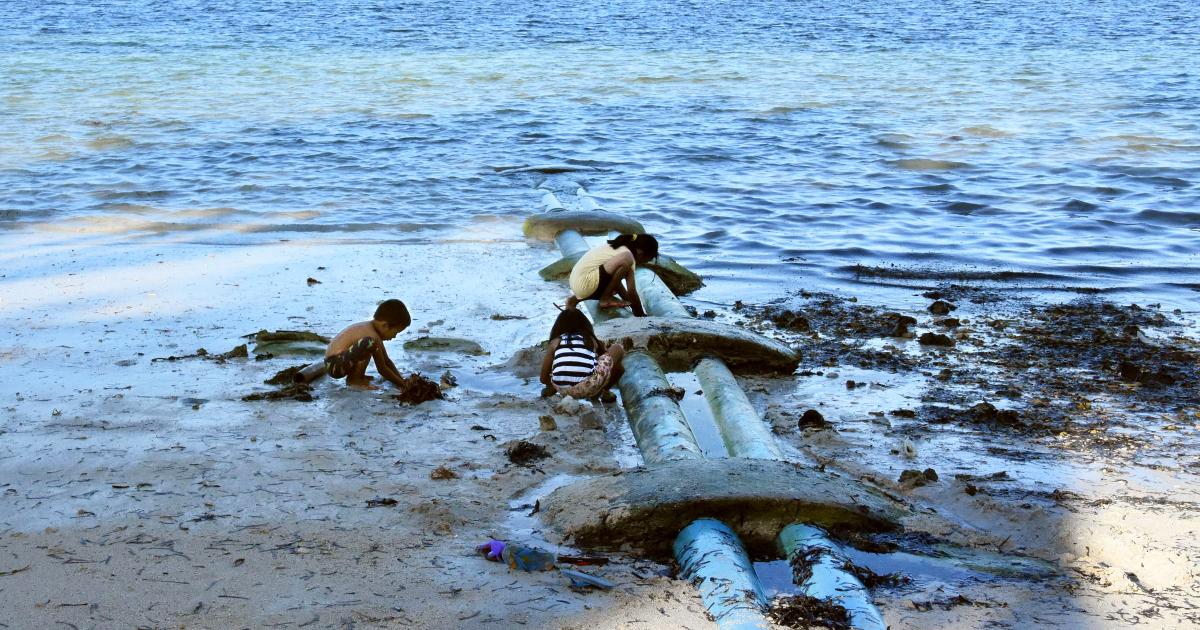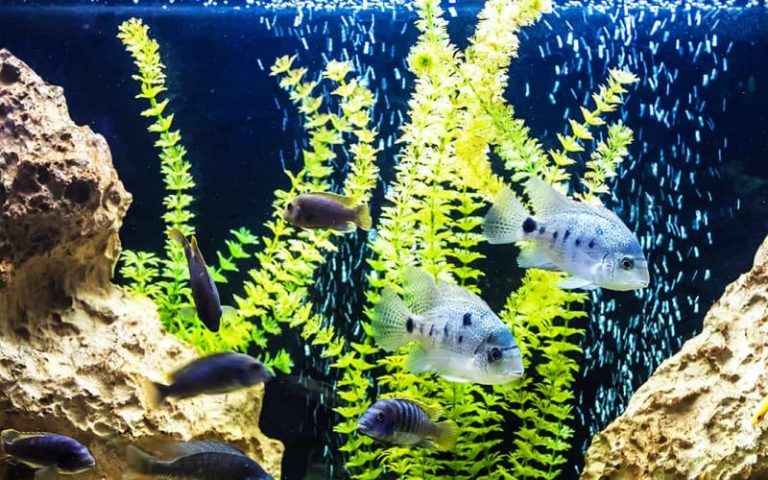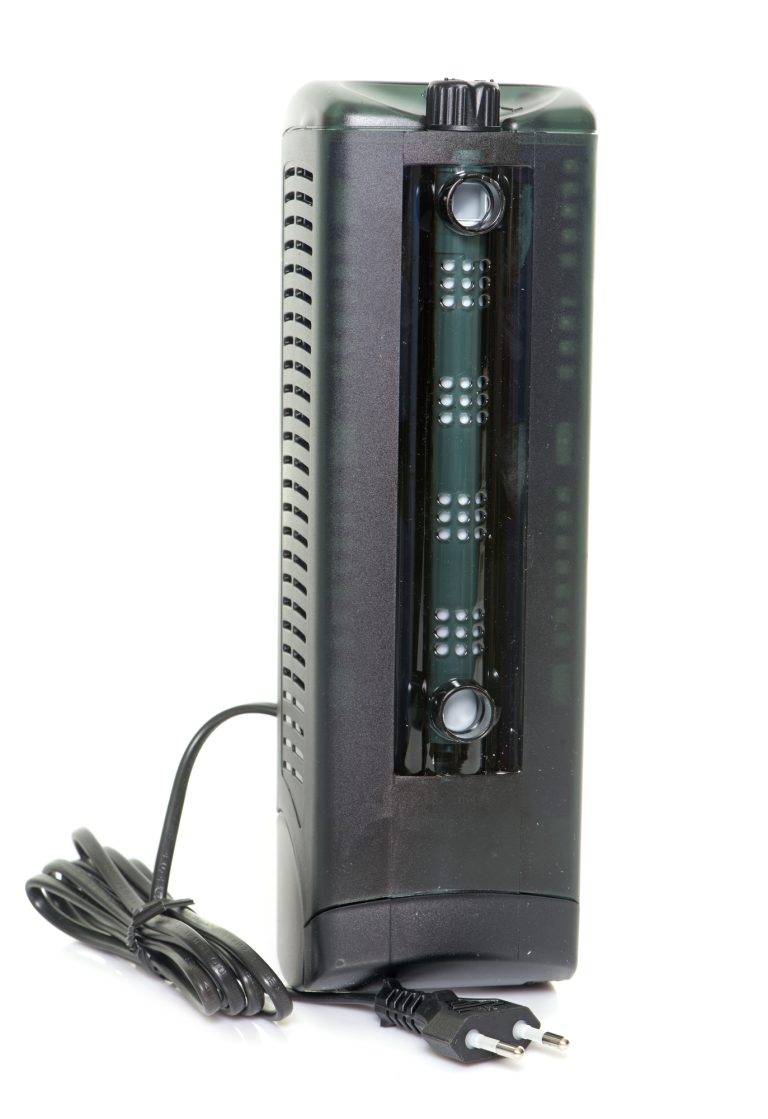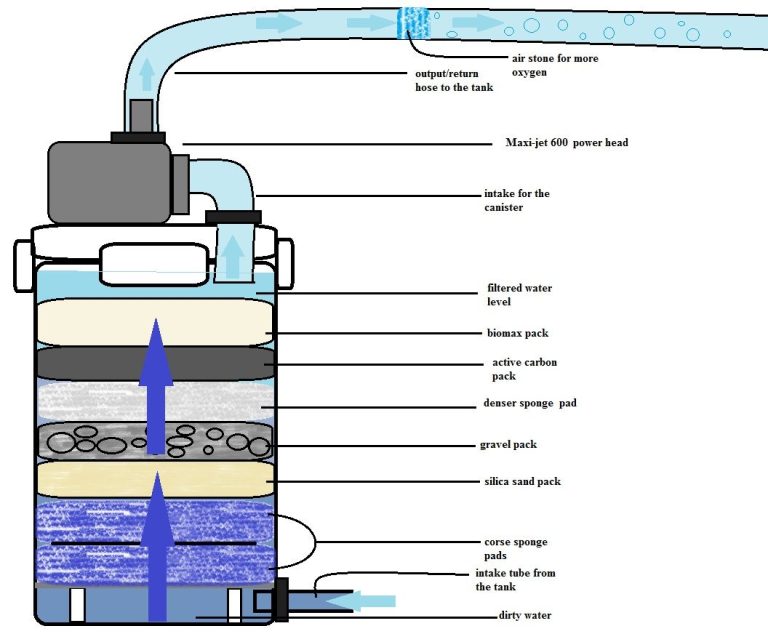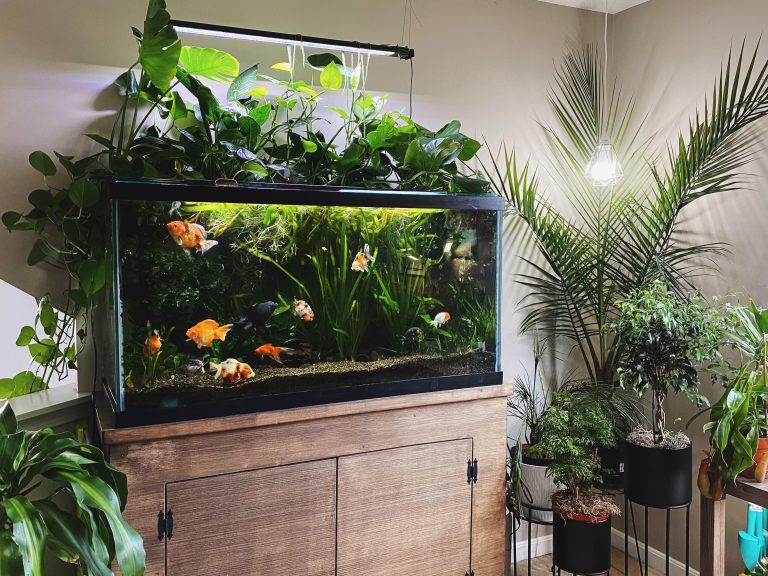Fish Tank Disaster: Soap Contamination Kills Aquatic Life
Accidentally getting soap in a fish tank can be harmful to the fish. It is important to act quickly to prevent any harm from occurring.
If you are a fish owner, you know how important it is to maintain the cleanliness of your fish tank. But, what happens if you accidentally get soap in the water? Soap is harmful to fish as it can damage their gills, skin and even cause death if ingested.
Accidents like this can happen, especially while cleaning the aquarium. Knowing what to do in such a situation can help save the lives of your fish. In this article, we will talk about the steps you need to take if you accidentally get soap in your fish tank.

Credit: www.noaa.gov
The Cause Of Fish Tank Disasters
Have you ever accidently added soap to your fish tank? If so, you are not alone. Many people make this mistake without realizing the harmful effects it can have on aquatic life. In this blog post, we will explore the cause of fish tank disasters and how to prevent them.
The Role Of Soap In Households And How It Can Easily Contaminate Fish Tanks Without People Noticing
Soap is an essential item in households, but it can cause harm to aquatic life if it is not used or disposed of correctly. Soap contains chemicals like surfactants and fragrances that can contaminate fish tank water even in small amounts.
It is common for people to wash their hands or household items in sinks close to a fish tank, and soap can easily end up in the tank.
To prevent this, make sure there are no soap residue left on your hands or items before touching the tank. Also, clean the sink basin and make sure the drain is clear of any soap residue before using it.
The Harmful Effect Of The Chemicals Present In Common Soaps And Detergents On Aquatic Life
The chemicals present in common soaps and detergents can be harmful to aquatic life. Surfactants, which are present in most soaps, can cause gill damage, making it difficult for fish to breathe. Fragrances and dyes can also be harmful to delicate aquatic ecosystems.
When choosing soap or detergent for household use, look for products that are labeled as safe for aquatic life. Avoid any product containing phosphates, which can cause excessive algae growth and throw off the balance of the ecosystem.
How Neglecting To Properly Rinse Items Before Placing Them In The Fish Tank Could Lead To Disaster
Neglecting to rinse items before placing them in the fish tank can lead to a disaster. Even small amounts of soap residue can be harmful to the fish living in the tank. It is essential to rinse all items thoroughly before placing them in the tank, including fish food containers, nets, and even decorative items.
Before putting any new item in the tank, rinse it several times with warm water, and let it air dry to ensure all soap residue is eliminated. By doing so, you will help to prevent any harm to your fish, and maintain a thriving, healthy ecosystem in your aquarium.
Accidental soap contamination is a common reason for fish tank disasters. By following the tips above, you can prevent this from happening and ensure the safety and health of your aquatic pets. Be mindful of the products you use in your household, and always rinse items thoroughly before placing them in the tank.
Signs Of Fish Tank Contamination
Accidentally Got Soap In Fish Tank
As a fish tank owner, it is important to maintain a healthy environment for your aquatic pets. However, mistakes can happen, and sometimes we accidentally contaminate our fish tanks with soap or detergent. If you suspect that your fish tank has been contaminated, here are some key signs to look out for.
Identifying Key Signs That Indicate Soap Or Detergent Contamination Of Fish Tanks
- Bubbles: The most obvious sign of contamination is the presence of bubbles in the water. Soap and detergents create suds, which can lead to excessive bubbling in your tank.
- Cloudy water: Contaminants can cause your tank water to become cloudy or hazy. This is due to the soap particles binding with the minerals in the water, creating a murky appearance.
- Unusual fish behavior: If your fish are behaving abnormally, it could be a sign that the water quality has been compromised. Fish may become lethargic, lose color, or even die if the contamination is severe enough.
- Altered ph levels: Soap and detergent can upset the delicate balance of your tank’s ph levels, leading to a more acidic or alkaline environment. This can be detrimental to your fish’s health and survival.
Importance Of Regularly Monitoring The Tank And Paying Attention To The Health Of The Fish And Surrounding Environment
Regular monitoring of your tank is essential to pick up on any issues or changes that could harm your fish. Here are a few reasons why you should keep a close eye on your tank:
- Early detection: Catching a problem early can be the key to preventing a disaster. The sooner you notice a change in your tank’s water quality or your fish’s behavior, the quicker you can take action to rectify the problem.
- Fish health: Monitoring your fish’s behavior and appearance allows you to detect any signs of illness or disease. This means you can take action to keep them healthy and prevent the spread of any infections.
- Preventive maintenance: Regular cleaning and maintenance of your tank can prevent issues from arising in the first place. This includes checking the water quality, cleaning the tank and filter, and ensuring that the temperature and lighting are optimal.
Accidental soap or detergent contamination can be harmful to your fish and upset the delicate balance of your fish tank’s environment. It’s crucial to be vigilant and monitor your tank regularly to ensure the health and well-being of your pets.
Responding To Fish Tank Disasters
Accidentally Got Soap In Fish Tank
Fish tanks are a beautiful addition to any room, but what happens when a disaster strikes? Undoubtedly, the worst thing that can happen is accidentally getting soap in the fish tank. The effects can be catastrophic if left unattended. Here’s what you need to do if you find yourself battling a fish tank disaster.
Immediate Steps To Take In The Event Of A Fish Tank Disaster
When you realize that soap has entered your tank, it’s essential to take immediate action to prevent any lasting damage to your fish tank’s inhabitants. Here are some things to do right away:
- Remove affected fish: Get the fish that have been exposed to the soapy water out of the tank immediately. Transfer them to a separate container with fresh water.
- Freshwater change: Remove as much water from the tank as possible and replace it with clean freshwater. Repeat this process until you have cleared out the soap from the water.
- Turn off filters and aerators: Turn off all the filters and aerators immediately to prevent the potential spread of soapy water in the tank.
Long-Term Steps To Take To Ensure A Healthy And Thriving Aquatic Ecosystem
Once the immediate crisis has been averted, it’s time to focus on getting your tank thriving once again. These long-term steps will help you create a thriving aquatic ecosystem and keep your tank inhabitants healthy:
- Testing water quality: Test the water quality of the tank regularly to ensure appropriate ph levels, ammonia levels as well as any other water parameters that may affect the fish.
- Keep the tank clean: Adopt a regular cleaning routine, and clean the tank frequently using aquarium-safe cleaners to prevent the buildup of waste and debris.
- Maintain equipment: Perform regular checkups, and maintenance of equipment and the fish tank itself could help prevent future accidents or disasters from occurring.
- No soap in the tank: This may seem obvious but never use soap or any other cleaning chemicals while cleaning your tank. This small step can prevent a big disaster.
With a little cautiousness and care, you can prevent a small mistake from turning into a disaster that could harm your fish’s health and well-being. Take immediate steps to remove soap from your tank, keep the tank clean, maintain equipment, and avoid using soap while cleaning.
These simple steps will help you create a healthy and thriving aquatic ecosystem.
Frequently Asked Questions Of Accidentally Got Soap In Fish Tank
Can Soap Harm Fish In A Tank?
Soap can harm fish in a tank by damaging their gills and disturbing the balance of the ecosystem.
How To Remove Soap From A Fish Tank?
Remove the fish from the tank and clean it thoroughly with water. Do a 25% water change daily for a week.
What Are The Signs Of Soap Poisoning In Fish?
Soap poisoning in fish might lead to lethargy, erratic swimming, and possible death. Observe your fish closely.
How To Prevent Soap From Entering The Fish Tank?
Clean your hands thoroughly before touching the tank, avoid using soap near the tank, and keep the tank covered.
Conclusion
Ensuring the tank’s cleanliness is of paramount importance when maintaining a healthy and thriving fish environment. Accidentally getting soap in the fish tank can happen to anyone, but it can also be detrimental to the well-being of your fish. By following the steps outlined above, you can minimize the damage done and give your fish a fighting chance to endure the soapy intrusion.
Regular tank maintenance, including water changes, the use of a dechlorinator, and proper cleaning techniques can help prevent accidents from occurring. Remember to always be cautious when handling cleaning agents around your tank and seek professional help if the situation calls for it.
Maintaining a clean and healthy fish tank requires some level of effort, but it’s worth it to provide an ideal living environment for your aquatic friends.
